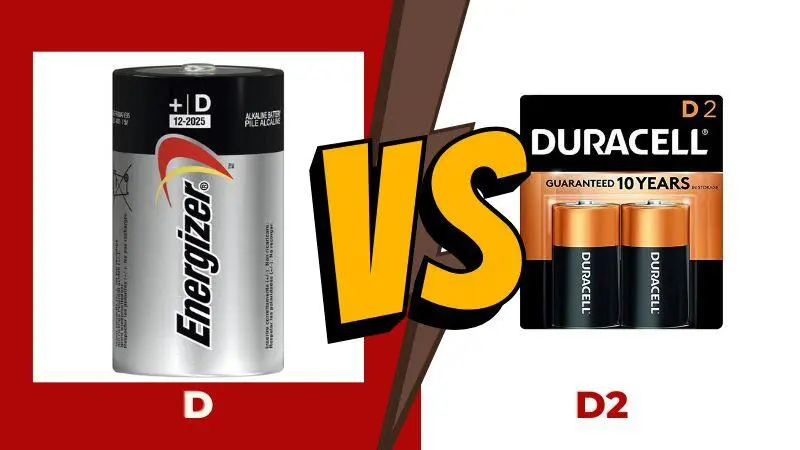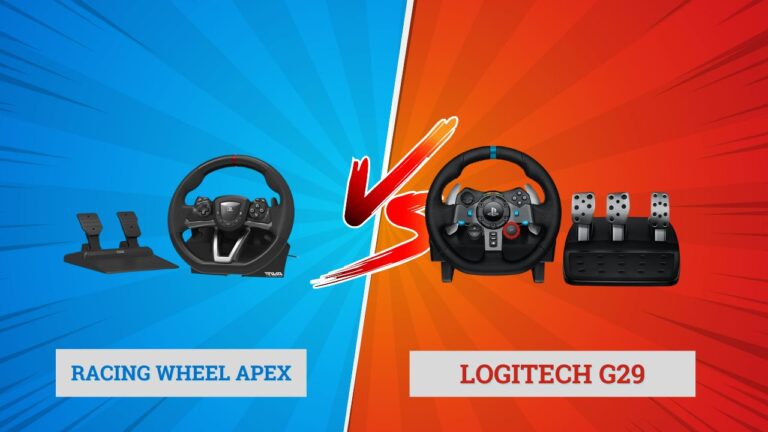Batteries play a crucial role in powering various devices we use in our everyday lives. From small portable gadgets to larger appliances, batteries provide the necessary energy to keep these devices functioning. One type of battery that finds widespread use is the D battery. In this article, we will explore the importance of batteries in everyday life and provide an overview of D batteries and their applications.
Differences Between: D vs D1 vs D2 vs D3 vs D4 vs D8
When I noticed various debates online about the difference between D and D2 batteries, I was confused. Could it be possible that after so many years of experience, I didn’t know that there are different designations for D batteries? Of course, that’s not true. The truth is that the internet is used by various individuals, and articles are often written by those who are not sufficiently knowledgeable on the subject. The only difference between D, D1, D2, D3, and D4 batteries is the number of batteries in the packaging. Therefore, there is no other difference between them.
While researching this topic in preparation for writing the article, I also explored battery prices and concluded that the best option is to purchase them on Amazon. I found the following link to be the best in terms of price and quality: D Batteries.
If you need more information about D batteries, I have included some additional details about them in the following sections of the text.
Understanding D Batteries
D batteries are standardized dry cell batteries that come in a cylindrical shape with electrical contacts at each end. The positive end of the D battery is typically marked with a nub or bump. These batteries can be either rechargeable or non-rechargeable, and their terminal voltage and capacity depend on the specific chemistry used.
Physical appearance and standard size
D batteries are characterized by their distinctive size and shape. They are larger than AAA and AA batteries and also larger than C batteries. D batteries are cylindrical and have a squat and solid appearance, resembling a barrel. The positive contact point or terminal on the top of each battery is marked with a distinct metal cap shape.
Historical background and nomenclature
The D battery has a rich history that dates back to its introduction by the National Carbon Company in 1898. It was originally known as a flashlight battery, reflecting its primary use at the time. Over the years, the battery’s nomenclature evolved, and it became standardized as the D cell or IEC R20.
Common uses and applications
D batteries are widely used in devices that require a higher current drain and an extended running time. Some common applications of D batteries include:
- Large toys: D batteries power various toys that require a sustained power supply for extended playtime.
- Flashlights: The higher capacity of D batteries makes them suitable for powering flashlights used in outdoor activities or emergency situations.
- Musical instruments: Certain musical instruments, such as electronic keyboards and drum machines, rely on D batteries for their portable operation.
- Radio receivers and transmitters: D batteries are used to power radio devices that require a reliable and long-lasting power source.
Conclusion
In conclusion, batteries, especially D batteries, play a crucial role in powering a wide range of devices in our everyday lives. They provide portable and reliable energy, enabling the convenience and mobility we have come to expect from our electronic devices. D batteries, with their larger size and higher capacity, are well-suited for medium-drain applications that require sustained power and extended running times.
From powering large toys and flashlights to musical instruments and radio devices, D batteries find diverse applications in various industries and everyday scenarios. Their historical significance and standardization as the D cell or IEC R20 highlight their enduring presence in the battery market.
As technology continues to advance, we can expect further improvements in battery technology, including higher energy density, longer lifespan, and increased efficiency. These advancements will continue to enhance the performance and usability of D batteries, ensuring their relevance in powering our devices well into the future.







